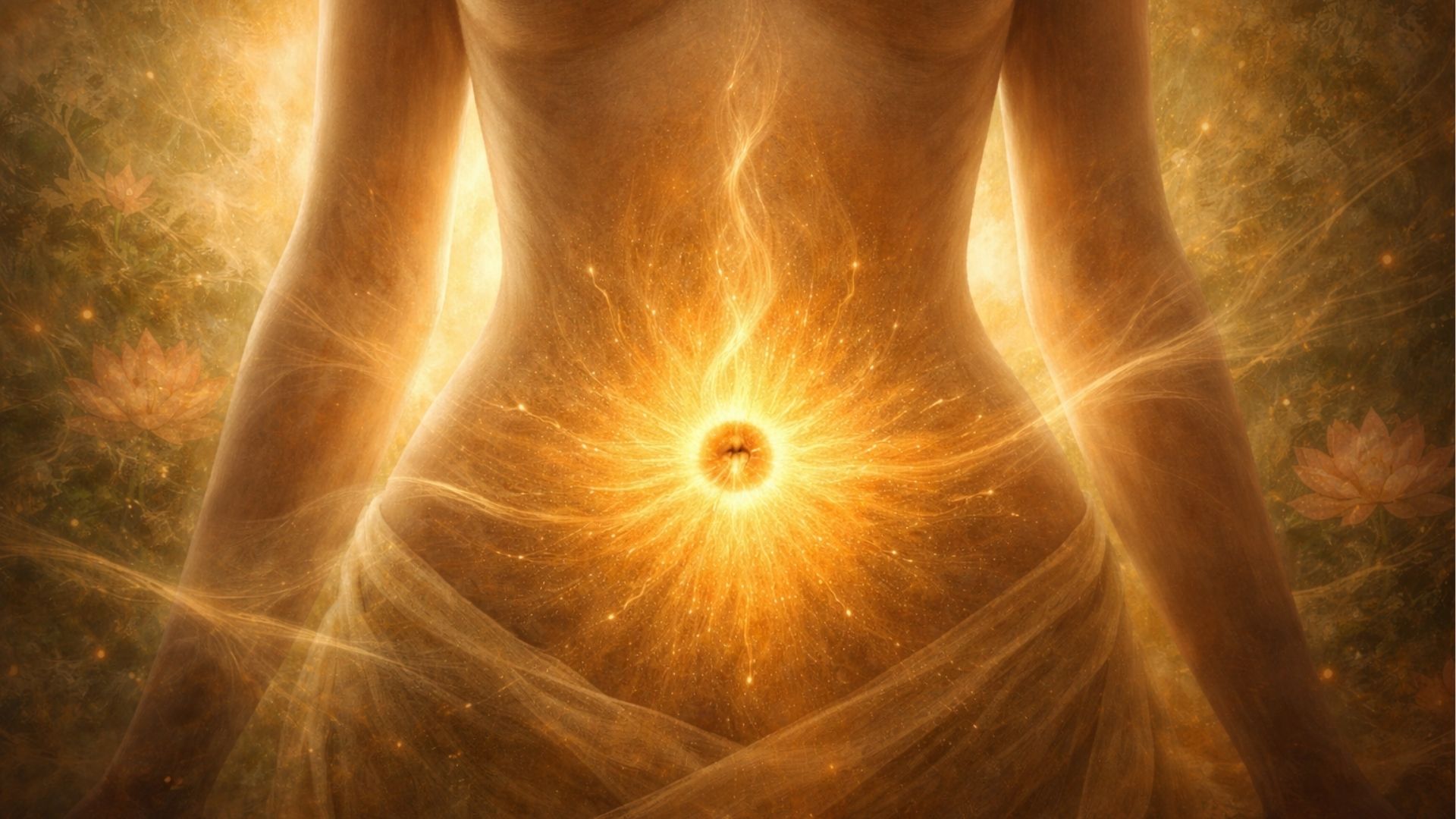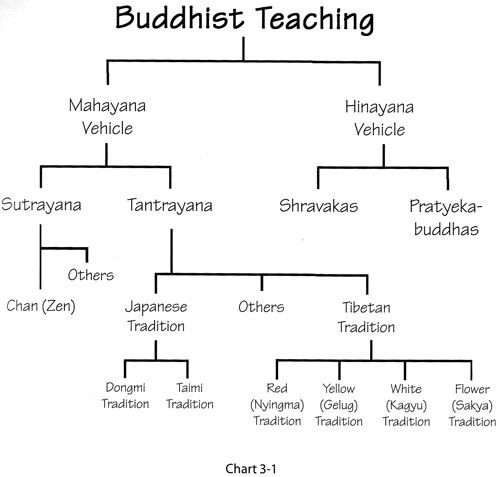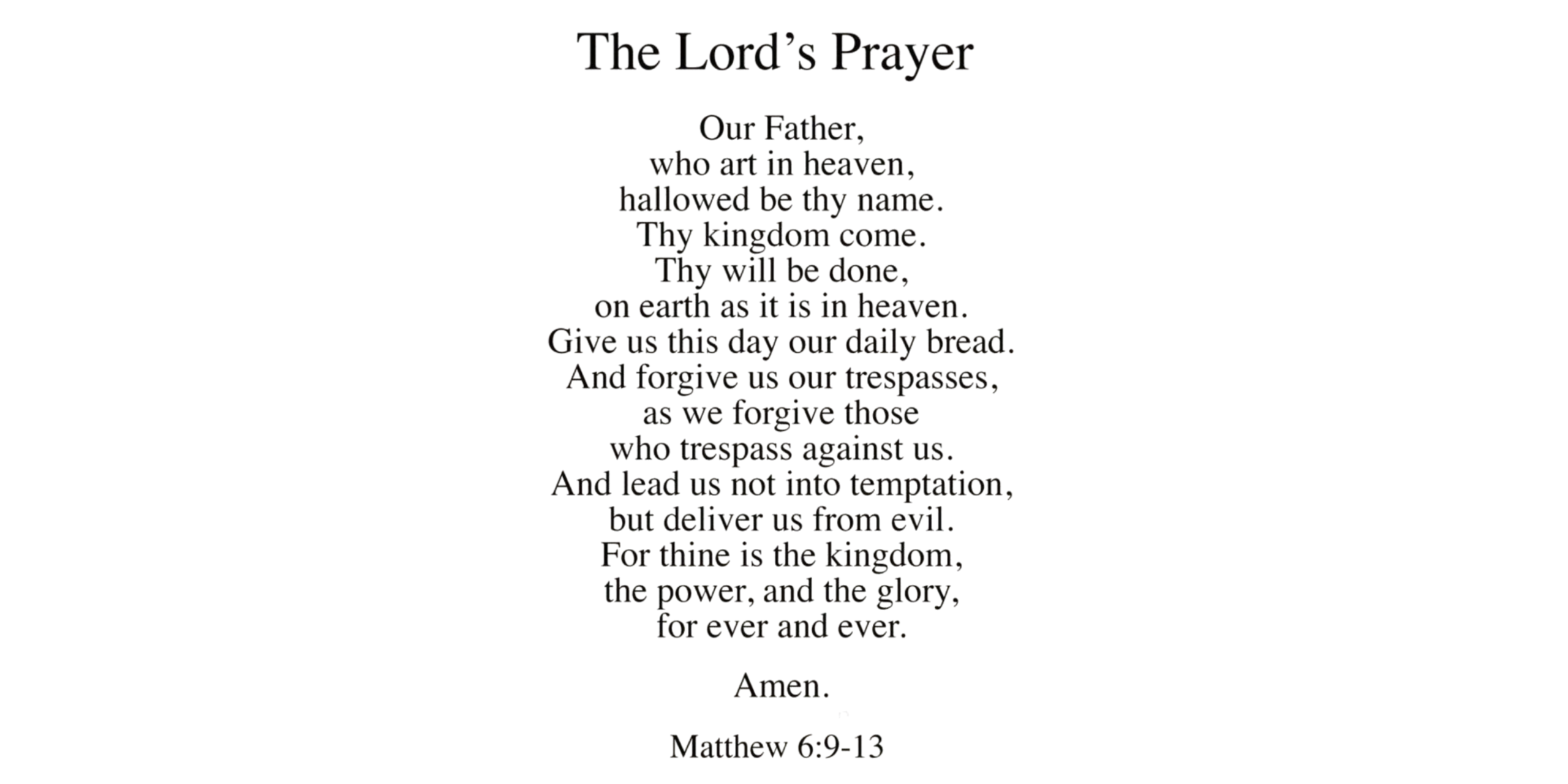Healing is not always about medicines, hospitals, or therapies. Sometimes, the deepest healing comes from within us. Self-healing is the process of activating our body and mind’s natural ability to restore balance. It is not about avoiding doctors or ignoring medical care, but about recognising the quiet strength we carry inside.
Many people discover self-healing during moments of stress, illness, or emotional turbulence. Yet, it is not limited to difficult times. When practised regularly, it can become a way of living that keeps us centred, calm, and resilient.
Why Self-Healing Matters
The body is designed with an incredible intelligence. Think of how a cut slowly closes on its own or how our immune system fights off infections. This natural wisdom is always at work. However, our lifestyle, thoughts, and environment often block this process. Stress, negative emotions, and unhealthy habits weaken our energy flow.
Self-healing methods work by removing these blocks. They remind us that health is not just the absence of disease but a harmony between body, mind, and spirit.
Simple and Effective Self-Healing Methods
There is no one-size-fits-all approach. Different practices resonate with different people. What matters most is consistency and openness to the process. Here are some methods that can gently guide you toward self-healing:
1. Breathwork
Breathing is the simplest yet most powerful healing tool. Deep, mindful breathing calms the nervous system, lowers stress, and helps energy flow freely.
- Try slow belly breathing: Inhale through the nose, expanding your abdomen, hold for a few seconds, then exhale slowly.
- Practise for a few minutes each morning to set a calm tone for the day.
2. Meditation
Meditation creates stillness in a noisy world. It reduces overthinking, quiets inner chatter, and reconnects us to our deeper self.
- Start with guided meditations if silence feels overwhelming.
- Even five minutes of sitting quietly with closed eyes can shift your state of mind.
3. Journaling
Writing down thoughts and emotions is a powerful form of release. When we put our feelings on paper, we acknowledge them without judgement. This simple act can reduce mental clutter and create space for healing.
- You don’t need to be a writer. Just let your thoughts flow naturally.
- A gratitude journal, noting even small blessings, can shift perspective over time.
4. Energy Healing Practices
Ancient traditions have long spoken of life energy flowing through the body. Practices like Reiki, pranic healing, or crystal healing focus on balancing this energy.
- You can learn simple hand placements in Reiki for self-healing.
- Keeping crystals like amethyst or rose quartz nearby may promote calmness and positivity.
5. Movement and Body Awareness
Movement is not just exercise; it is energy in motion. Gentle practices like yoga, tai chi, or even mindful walking can free the body of tension and restore balance.
- Stretch your body with awareness, noticing how it feels.
- Walking in nature, barefoot on grass, can recharge your energy and ground your emotions.
6. Affirmations and Positive Self-Talk
The words we tell ourselves shape our reality. Repeating positive affirmations can rewire negative thought patterns and support emotional healing.
- Start small: “I am safe,” “I am healing,” or “I am enough.”
- Say them with sincerity, especially in moments of doubt.
7. Rest and Sleep
Healing cannot happen if the body is exhausted. Rest is not laziness; it is a vital part of recovery. Quality sleep allows the body to repair, detox, and rejuvenate.
- Keep a calming bedtime routine: avoid screens, dim lights, and create a quiet space.
- Even short naps can restore energy during the day.
How to Begin Your Self-Healing Journey
It can feel overwhelming to try everything at once. Start small. Choose one or two practices that feel natural to you. For some, it might be meditation; for others, journaling or walking in nature may feel easier.
The key is patience. Healing is not an instant fix but a gradual unfolding. With time, you will notice subtle shifts: calmer thoughts, deeper sleep, lighter emotions, and greater energy.
The Role of Awareness and Intention
Self-healing is not only about techniques but also about awareness. When you pay attention to how your body and mind respond, you begin to understand what you truly need. Intention is equally important. Approaching any practice with a clear purpose, such as reducing stress or cultivating peace, enhances its effect.
When Self-Healing Complements Professional Care
Self-healing does not replace professional treatment. Instead, it complements it. A person undergoing medical care may find practices like meditation or breathwork helpful in managing stress and improving overall wellbeing. Think of it as strengthening the roots while the outer care treats the visible parts.
Closing Thoughts
Self-healing is about trusting your inner wisdom. It is a journey of listening to your body, honouring your emotions, and nurturing your spirit. While life may not always be in our control, how we care for ourselves is.
Start today with one simple step—breathe deeply, sit quietly, or write down your thoughts. Over time, these small actions build a foundation for deeper healing and inner peace.
At Masi Wellness, we believe that healing begins within. By exploring these gentle practices, you can reconnect with your natural ability to restore balance and harmony in life.







